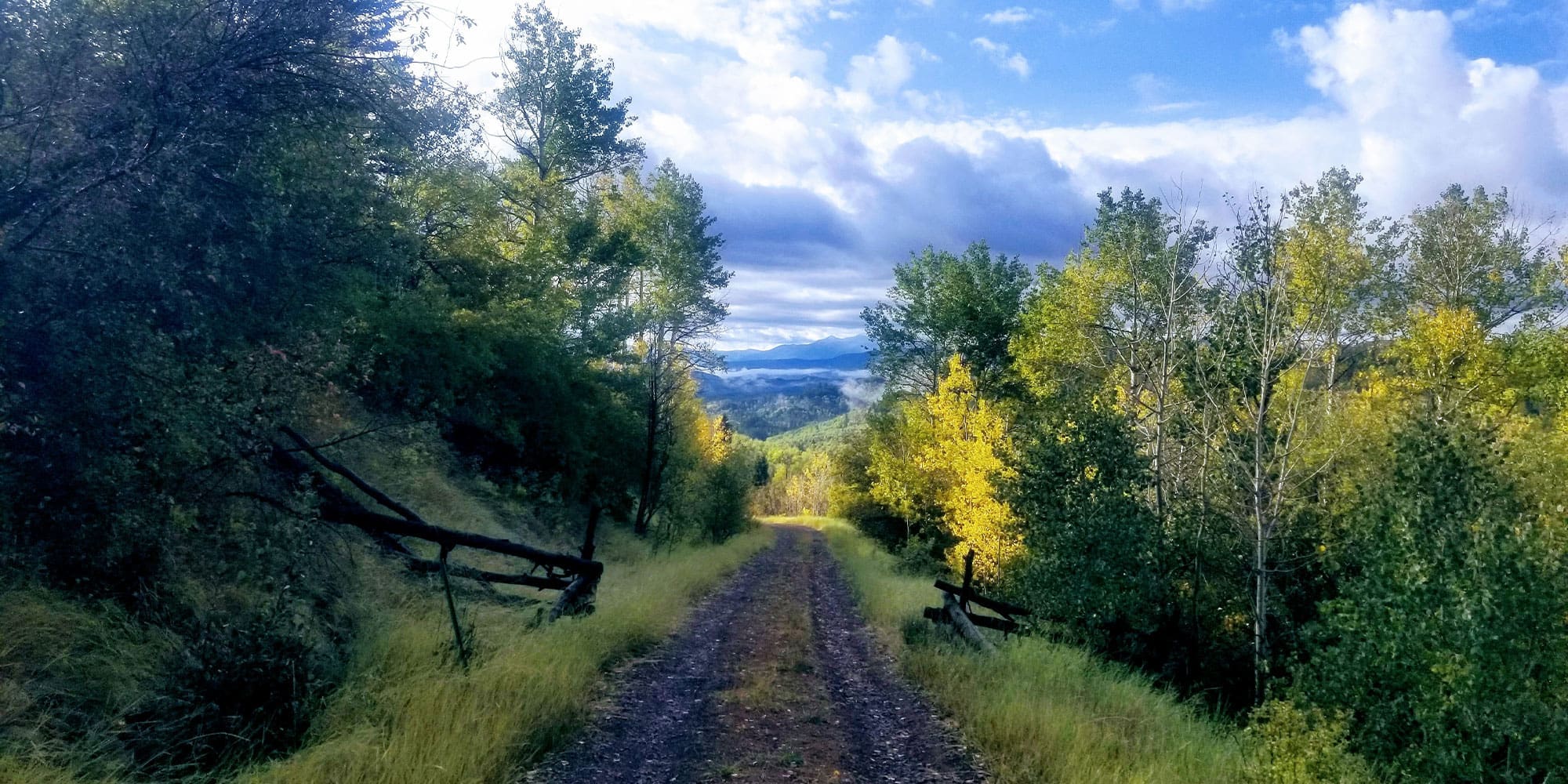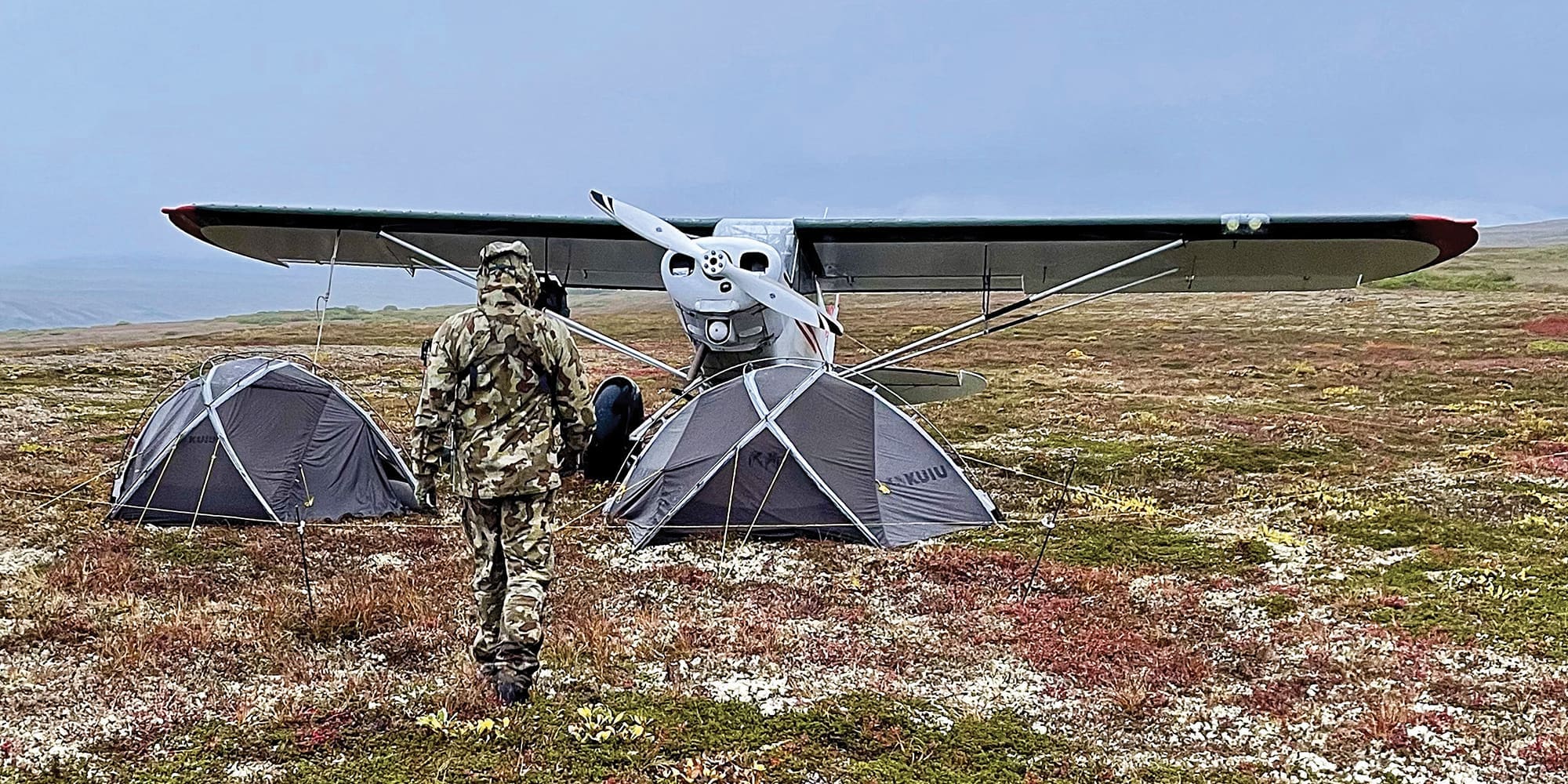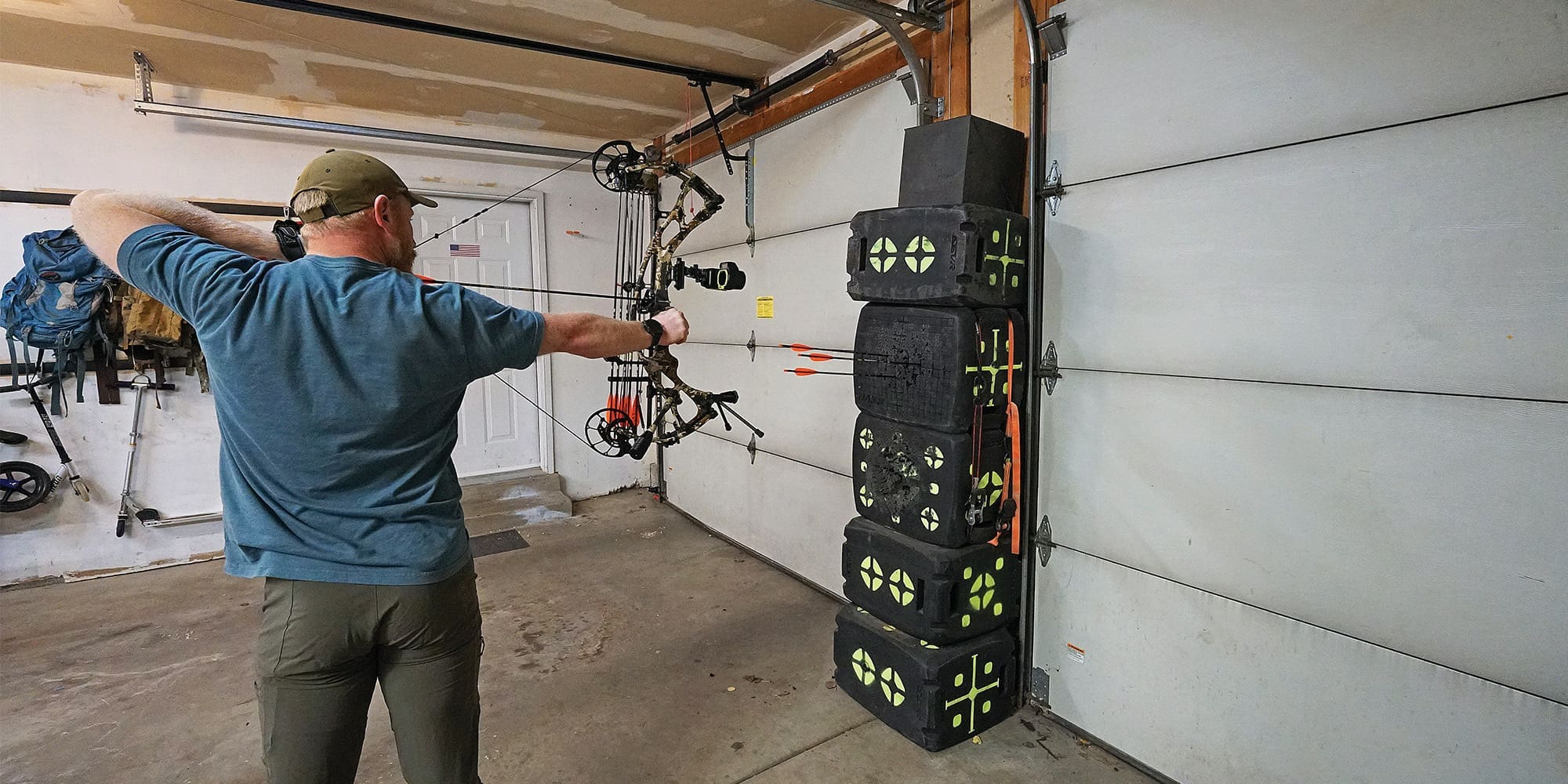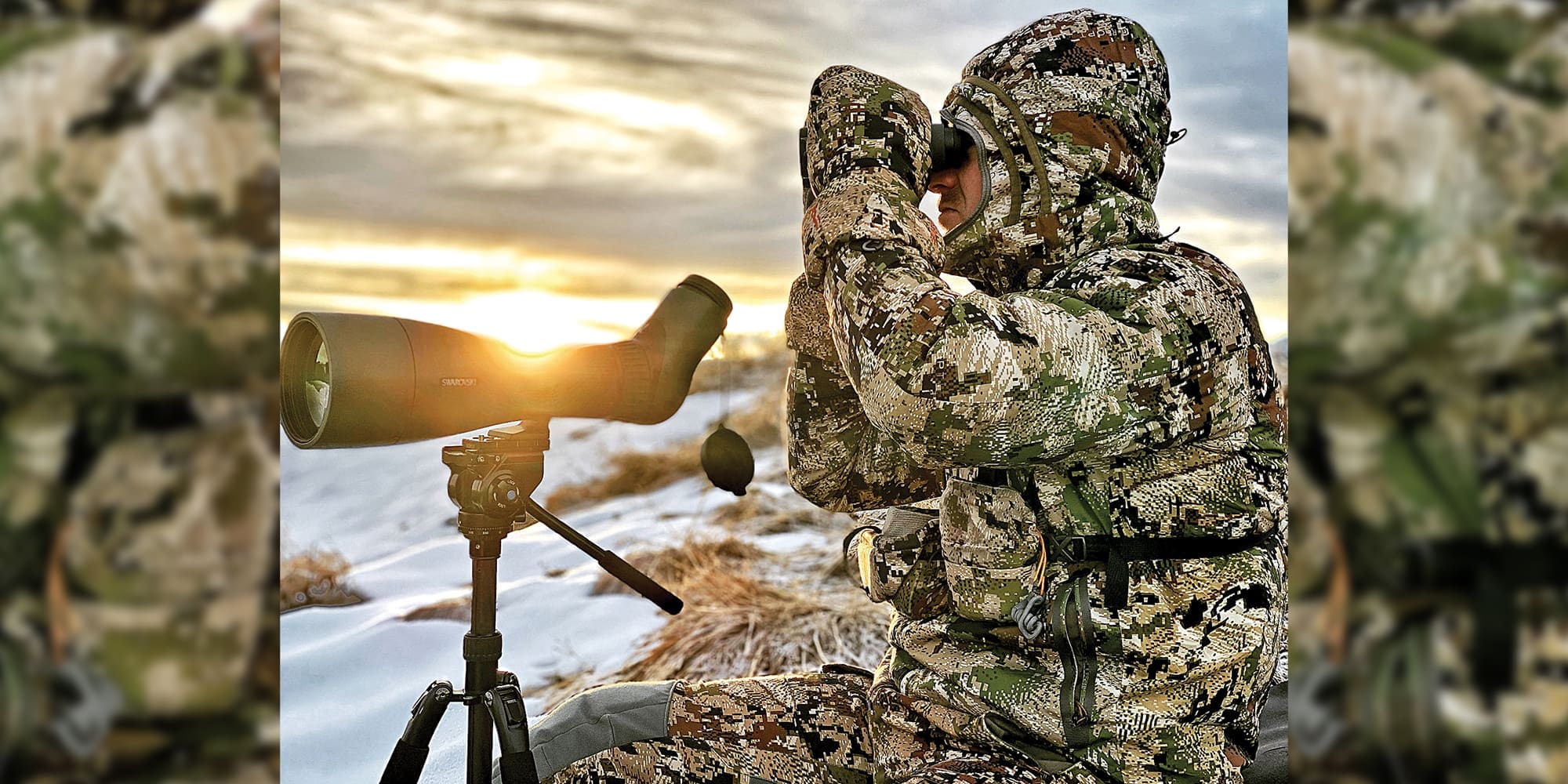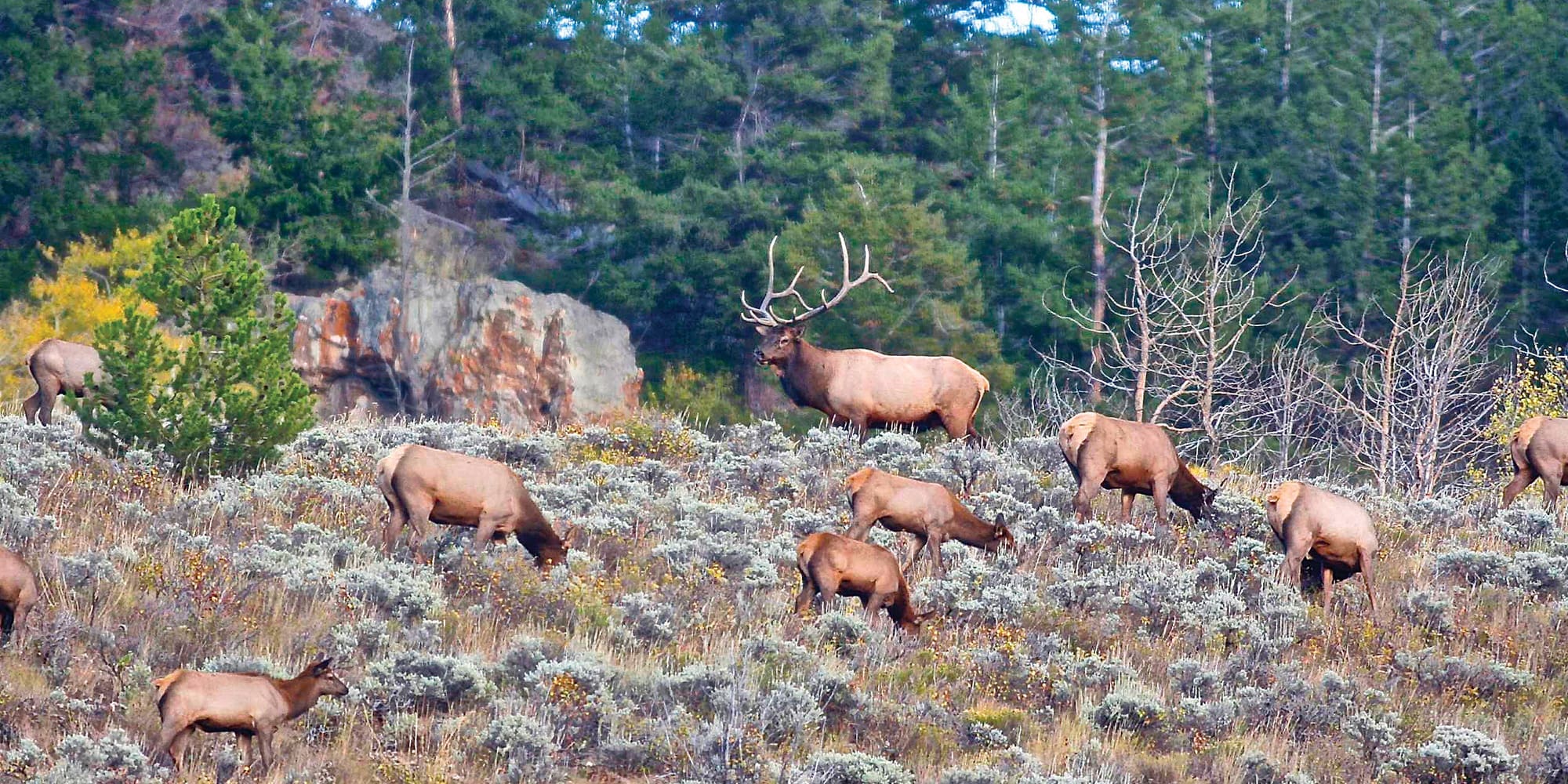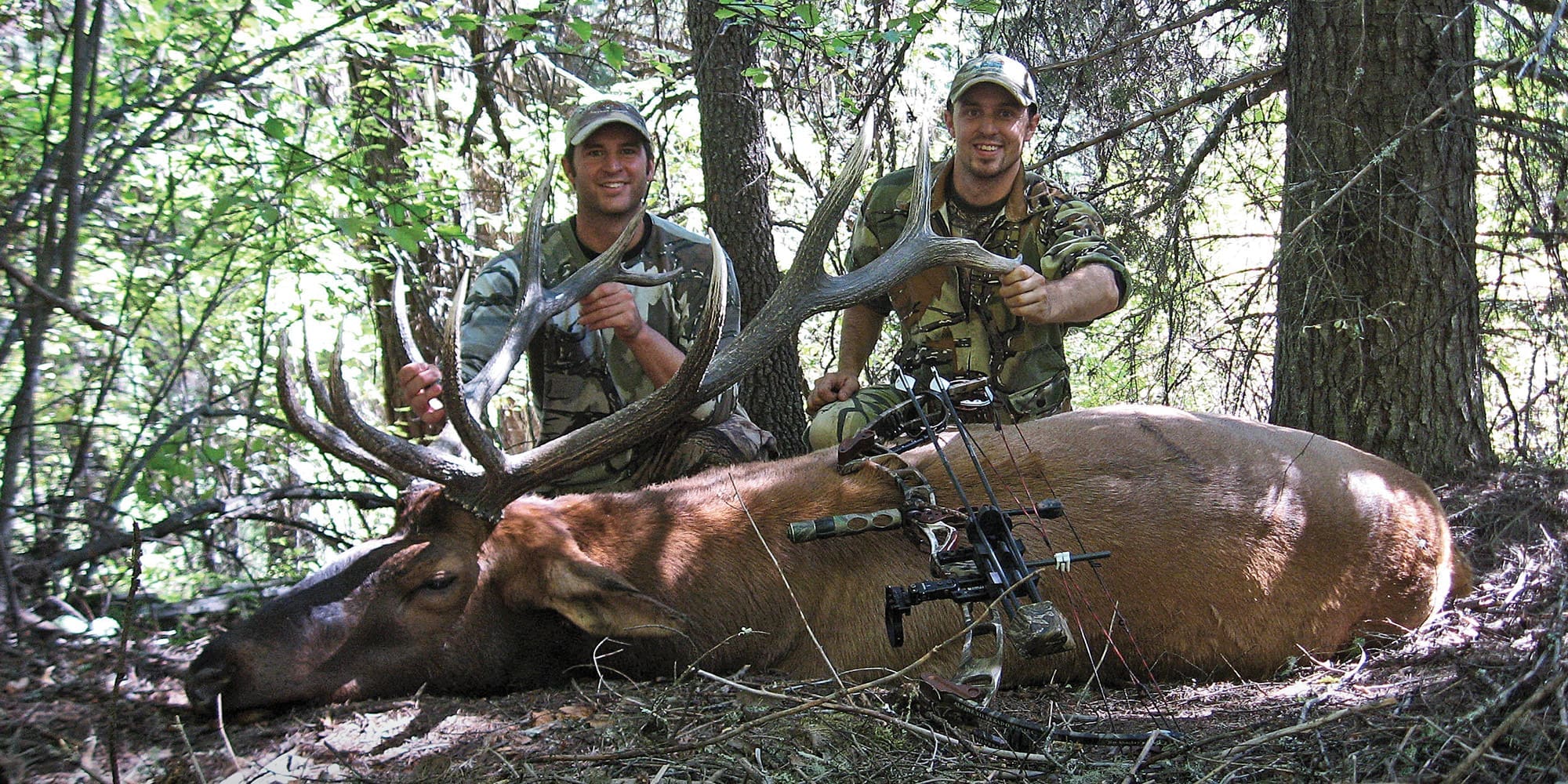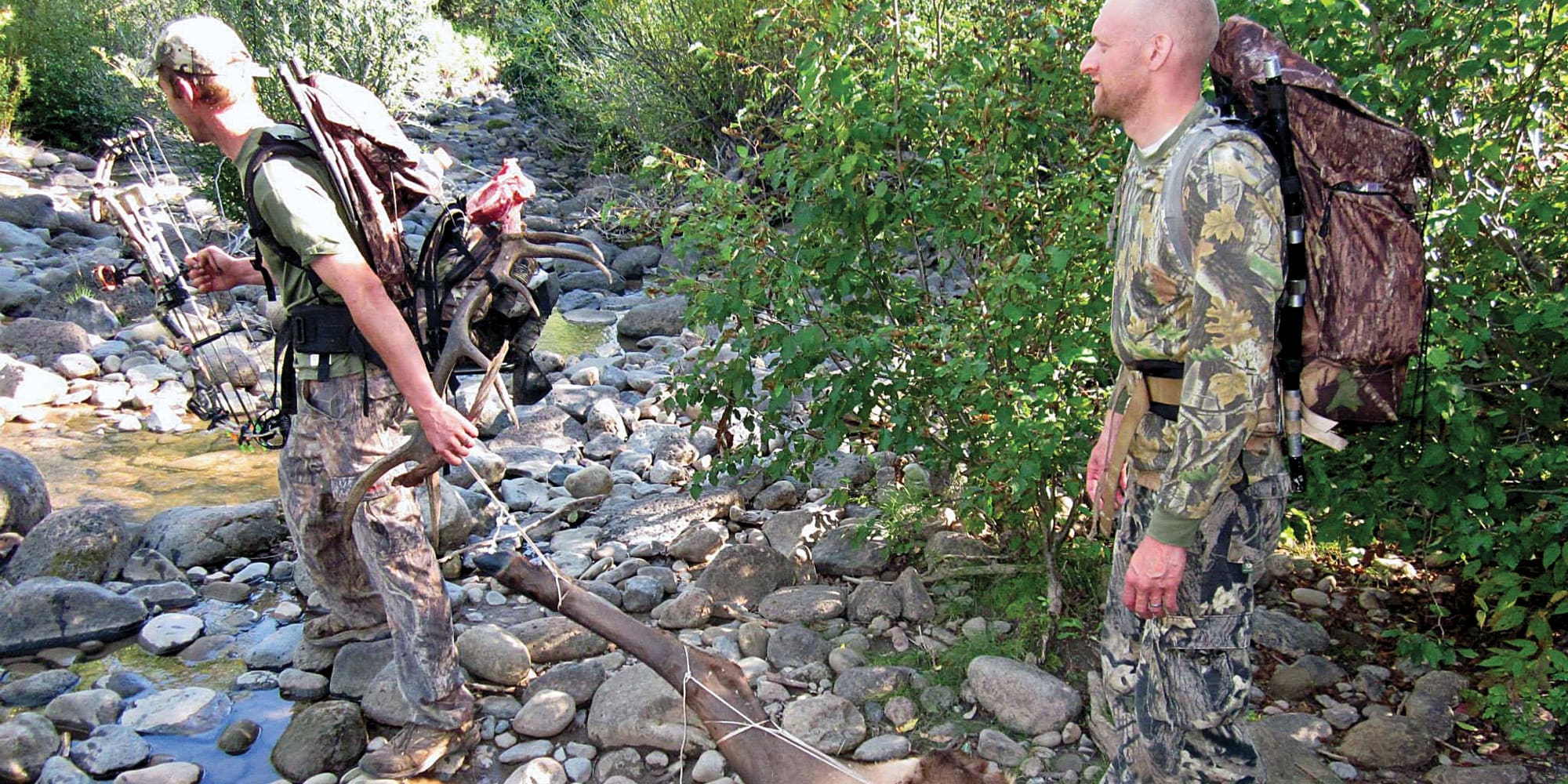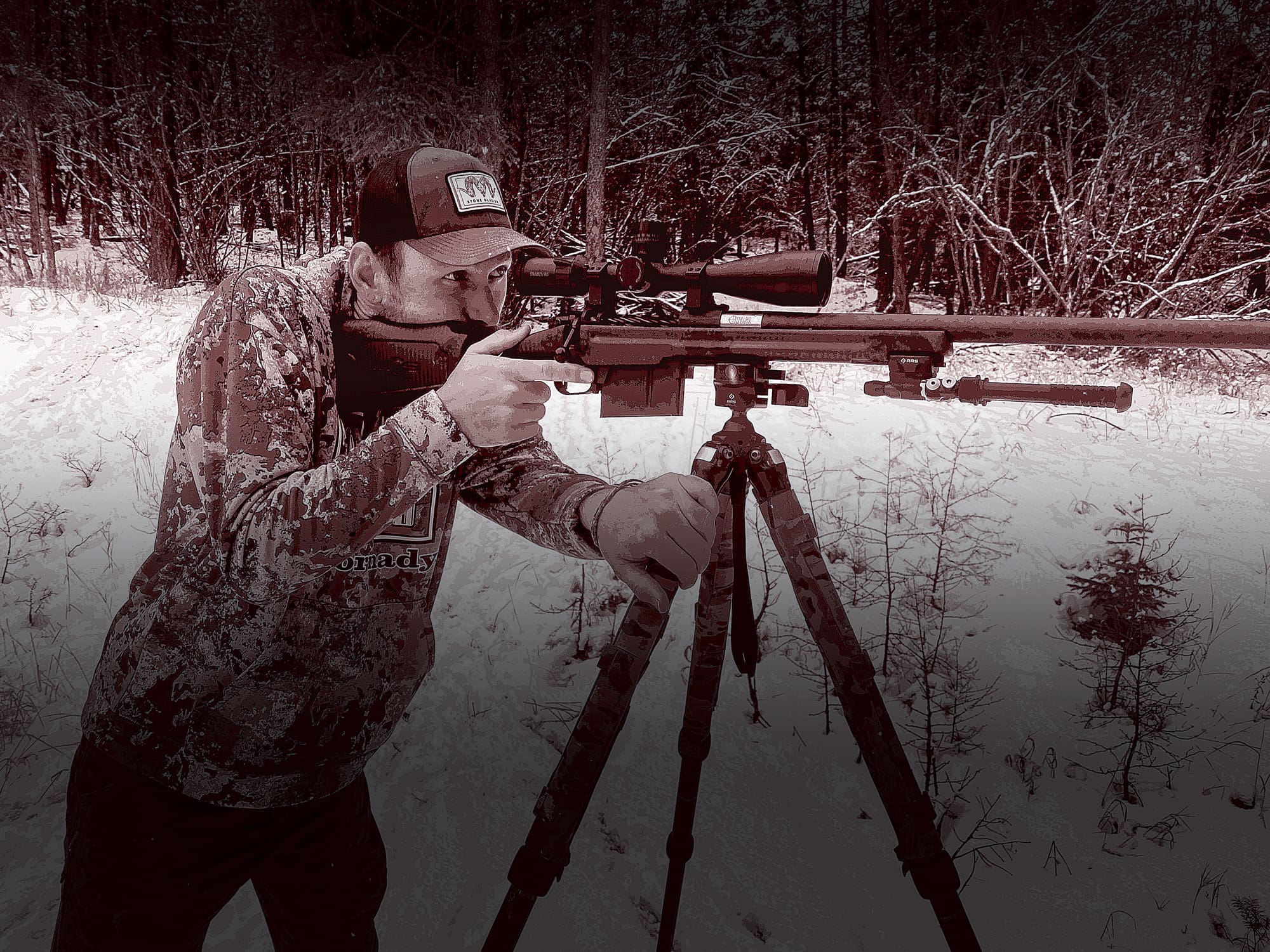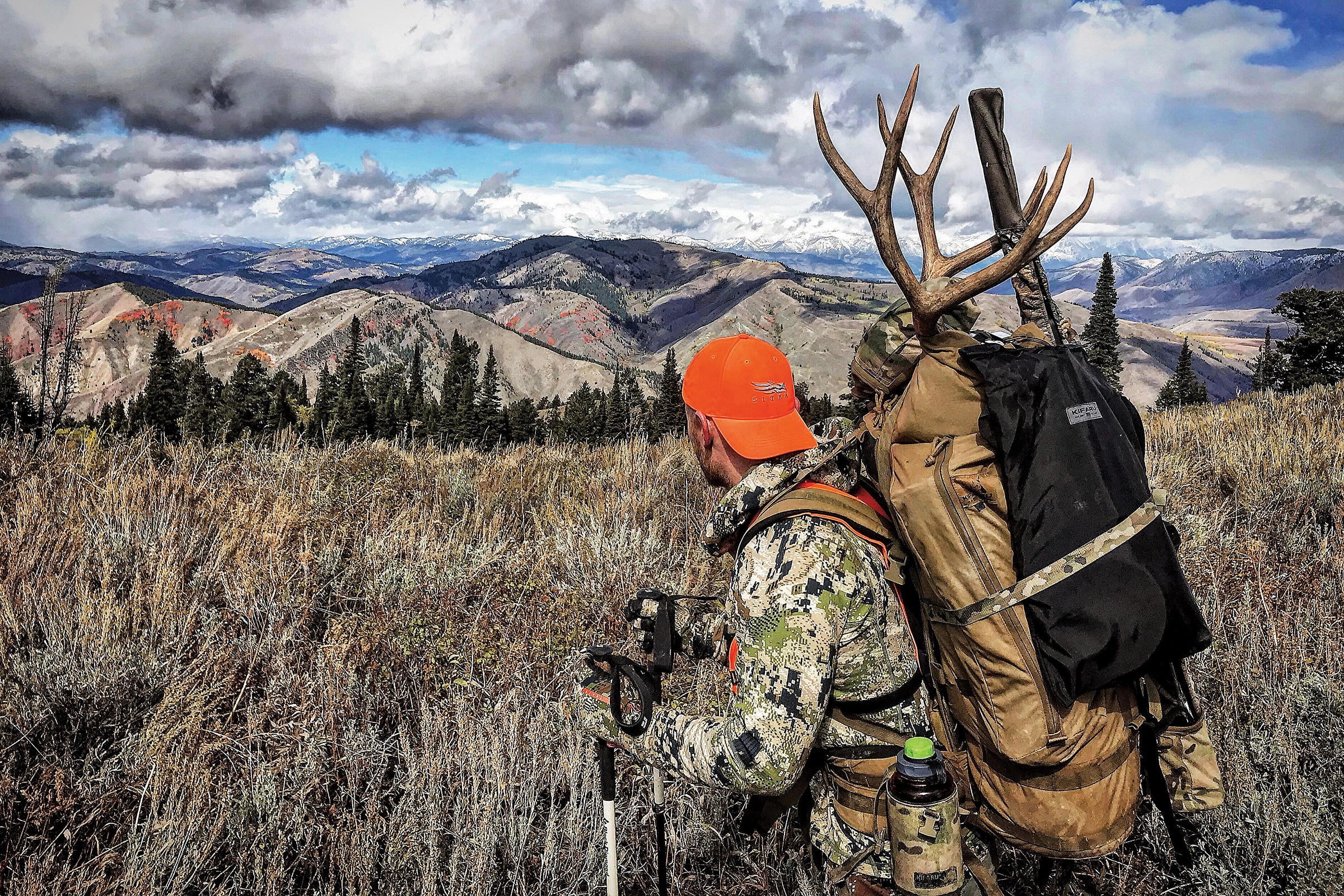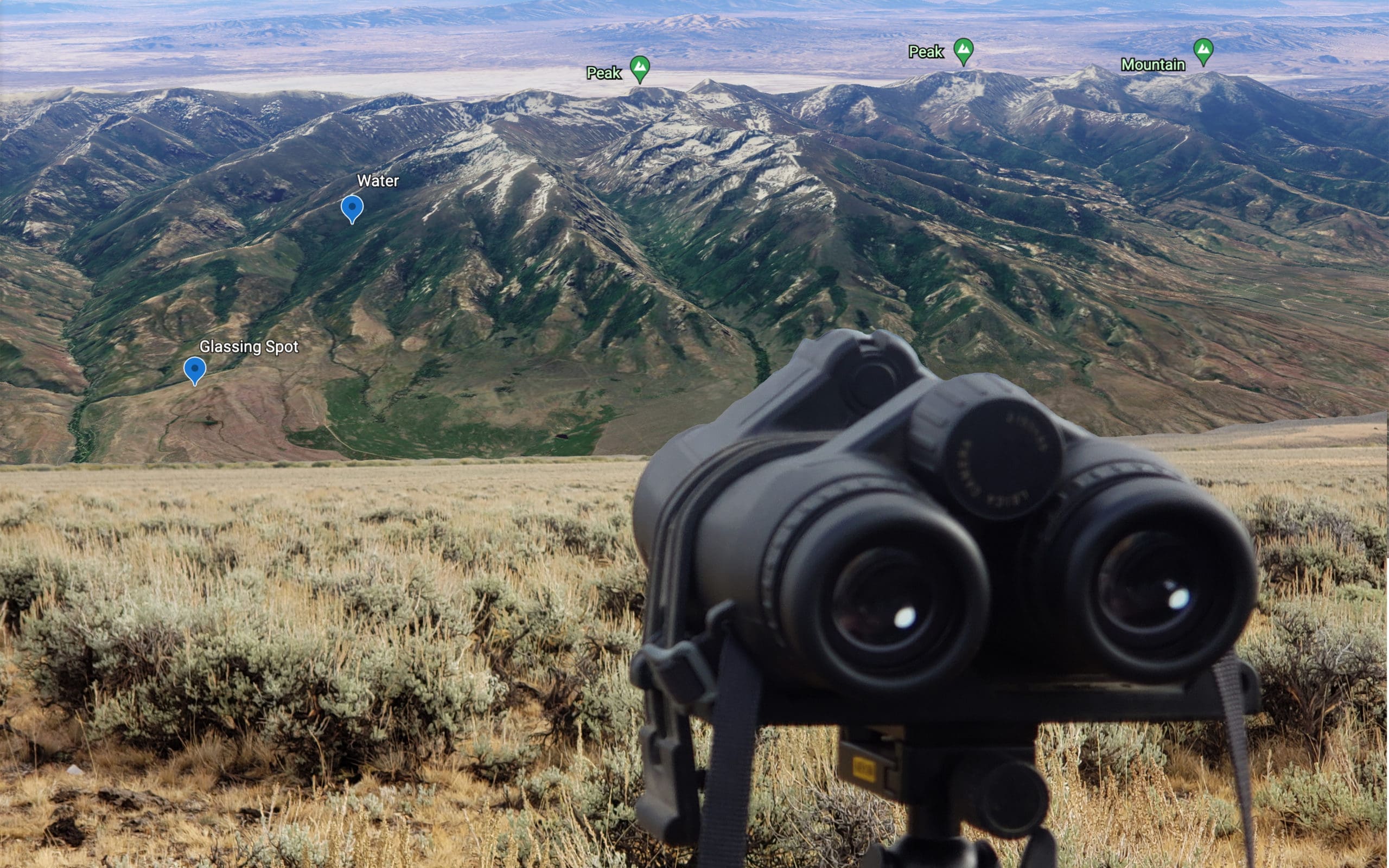
NOTICE: Certain links on this post may earn a commission for Western Hunter Magazine from Amazon or our other affiliate partners when you make a purchase. Thank you for your support.
E-Scouting Tips & Techniques
Once you have decided to apply for a hunt, selected the unit, and drawn the tag, you might surmise that the hard part is over, right? Actually, nothing could be more wrong! In fact, selecting the state, unit, and drawing the tag are probably the least time-consuming parts of getting prepared for a hunt. If you are looking to be successful in a limited time afield, your e-scouting is perhaps the most important task you can perform. E-scouting can help you understand a unit’s terrain, road access, habitat, pressured areas, animal behavior, and develop backup plans that will ultimately lead to more success. Diving in and developing this knowledge definitely takes some time on the computer or tablet, but if you follow these e-scouting tips and techniques, you will see the fruits of your labor and find more animals during your next hunt.
Animal Behavior
Before we dive into e-scouting tips and techniques, it is essential to understand the behavior of the species you are hunting. During the summer and early fall, most mature males will spend their time at high elevations where the temperatures are cooler and there are fewer bugs. Their natural instincts have them packing on the weight to grow large antlers, but most importantly, to prepare their bodies for the rut and rough winter ahead. They will be seen feeding most often in the morning and evening hours with activity levels depending on the weather and moon cycle.
For example, during September, elk will begin to rut and drop to the middle elevation timbered areas, and during the end of October, mule deer will start their rut and be seen throughout the daytime in middle to lower elevations. After some snowy weather hits and hunting pressure increases, elk and deer will often drop in elevation towards private land or gnarly public land sanctuaries to spend their winters. So, knowing the behavior during the time of year for your tag will indicate where you should start your e-scouting and how you should expect to see the animals behaving.
Water
Whenever you are e-scouting the number one thing you should look for is a water source. Animals need water to survive; however, water can be scarce in the arid climates of many western states. If there is no water within a few miles, then there will be minimal animal activity. When starting your e-scouting, one way to find water is to look for named water sources on aerial imagery which will have labeled creeks, rivers, and ponds. Sometimes the water source is evident, and sometimes you will have to look closer for unlabeled water sources.
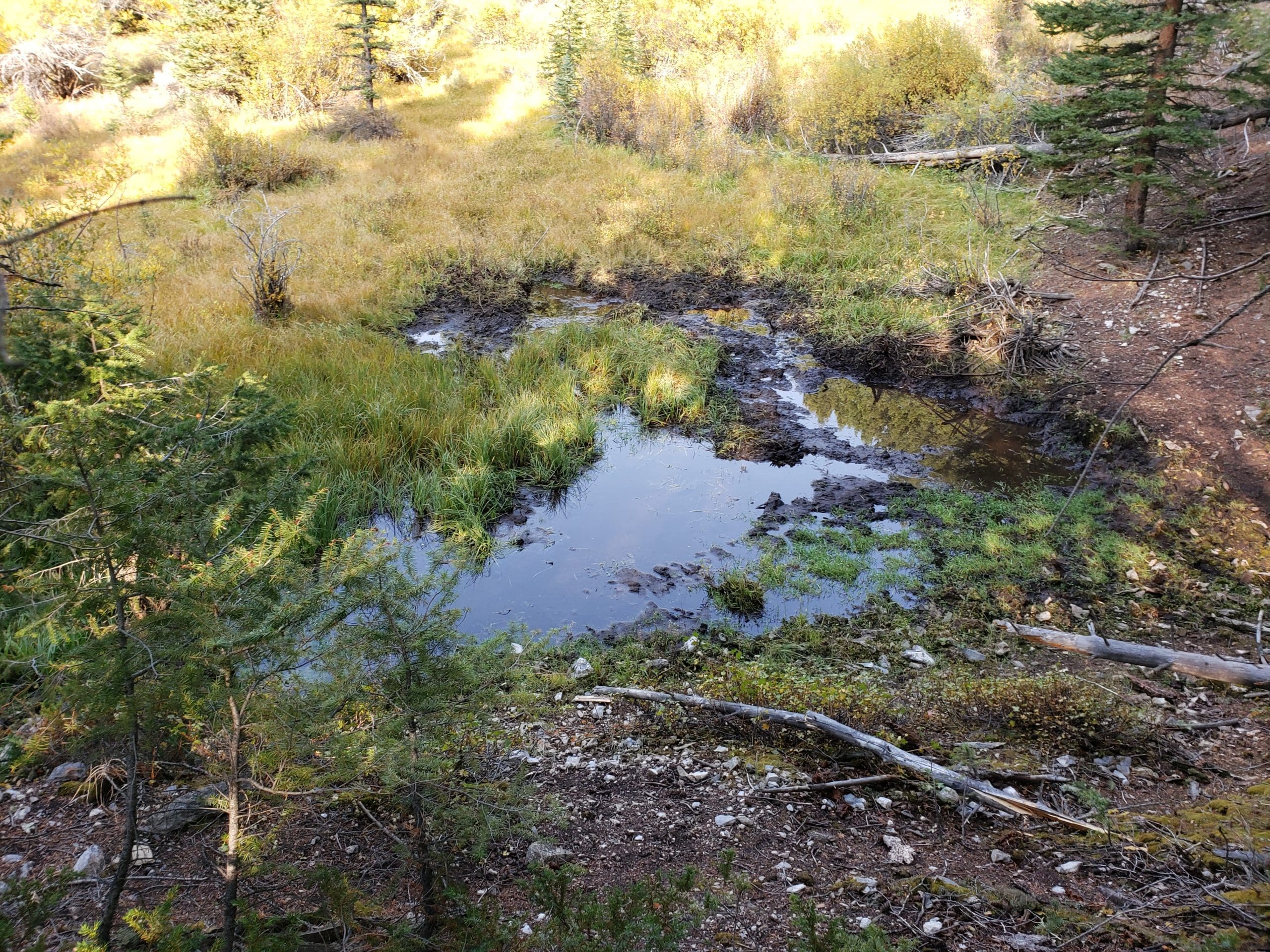
Using the advanced aerial imagery available on apps like BaseMap and Google Earth, you can see unlabeled water sources like small springs or water for livestock. When e-scouting, I like to mark all water sources with a blue-colored pin to easily see which areas have a lot of water and which areas lack water.
Cover
Though water is critical, most animals need cover to feel safe in an area for long periods of time. This cover doesn’t have to be a massive tract of timber, but to find them in a bedding area they will want to have ample space. Now that you know where there is water, spend some time looking at the closest cover.
Within the cover, it is beneficial to look at the slope of the hill. Using the contours of a topographic overlay, you should be able to identify small benches that are not apparent on satellite imagery. Benches in cover usually are a perfect recipe for bedding areas and should be marked accordingly. These will be areas that you will want to glass when you’re actually there.
Overall, cover is essential, but don’t overlook areas that you don’t think hold animals, I have seen mule deer bedded under a single scrub brush tree, hugging tight to the shade provided.
Security
You also need to find a place where animals feel secure and less pressured. If you can find basins that do not have trails, are hard to access, and seem remote, you will be in good shape. The best way to isolate these areas, especially if you are having trouble finding them, is to mark all access points, or some apps like BaseMap have trail overlays.
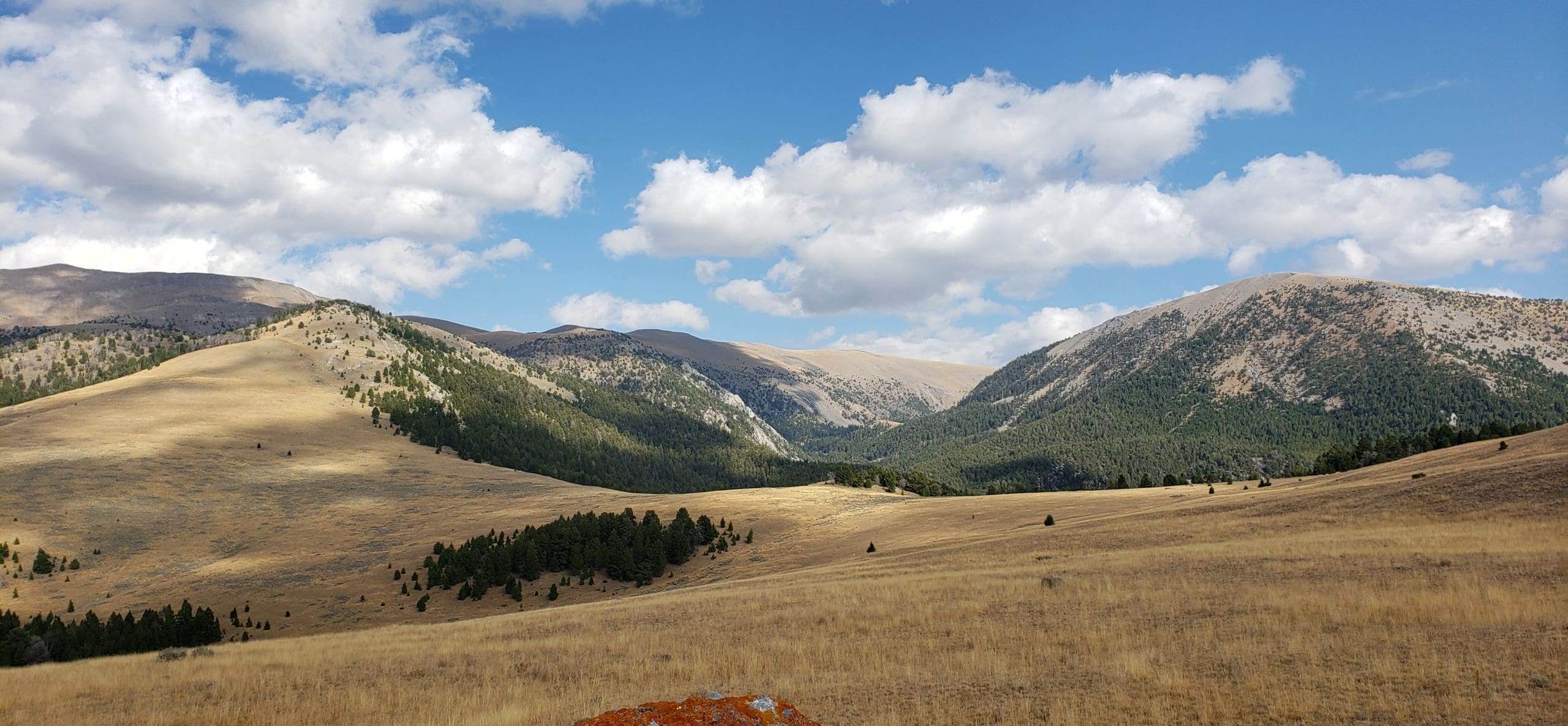
I typically pull up an aerial map and mark every trailhead, road, campground, and parking area near where I want to hunt. This gives me an understanding of where the hunting pressure will come from. Once you have marked all access points, you will need to find places that the pressured animals might go once they are bumped by opening day hunters.
While other hunters are hiking the trail to the back of the drainage, I am heading up a steep sidehill into small drainage that the elk or deer use to hide from hunters. I find it helpful to think differently than an average hunter and avoid apparent spots.
Backup Plans
Even if you have a perfect plan for your hunt marked out, I encourage all hunters to plan multiple different backups. You never know when the access to a drainage will be closed for a wildfire, a trailhead full of cars, or when your favored drainage has more tents than a KOA. You also could arrive in your e-scouted drainage to find a lack of food, water, cover, or animal sign, even though all of your research seemed to tell you it was there. Planning for the unforeseeable is impossible, but having multiple areas picked out is one of the many benefits of e-scouting. Give yourself options.

Pulling it Together
After you have done your e-scouting, found spots at different elevations that hold water, cover, and security, it is important to plan out some daily hunts based upon your hunting style and the terrain and habitat you have been researching. Pay attention to the type of cover present in a unit and be realistic about distance, elevation gain, and style of hunting that is available.
For example, a small drainage may not be conducive to a bivy camp, or an area with thick pines may not be ideal for a spot-and-stalk type hunter. If you put in the time at home using e-scouting software like BaseMap, you will save your legs and body a lot of unnecessary pain and hopefully come home with a cooler full of meat.
By: Jake Horton


